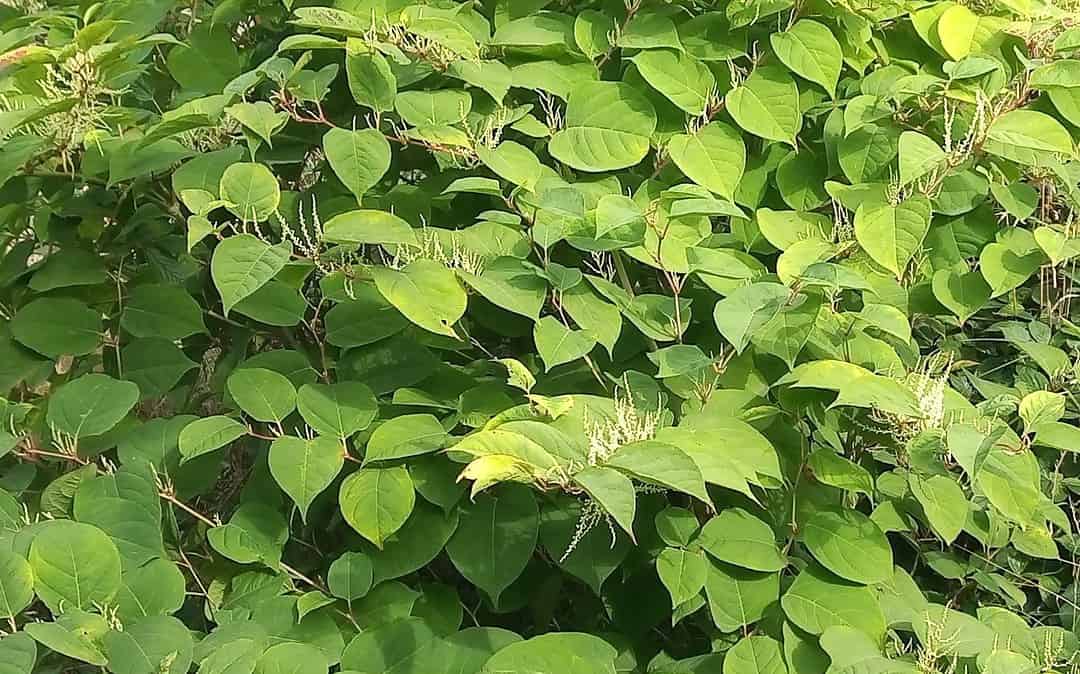The Role of Japanese Knotweed in Biodiversity Conservation and Habitat Restoration
Japanese Knotweed, which is usually seen as an invasive species, can play an important role in biodiversity conservation and habitat restoration. This plant species can grow in a variety of habitats. Including degraded and disturbed areas, making it a valuable tool for restoring damaged ecosystems.
One of the key ways that Japanese Knotweed contributes to biodiversity conservation.
Is by providing food and habitat for a variety of wildlife species. Birds, small mammals, and insects, such as bees and butterflies, all benefit from the presence of Japanese Knotweed in their habitats. The plant’s dense growth provides excellent cover for wildlife. Also, its long flowering period offers a valuable source of nectar and pollen.
In addition to providing food and habitat
Japanese Knotweed can also help to stabilize soil and prevent erosion. The plant’s deep roots help to anchor the soil in place. This reduces the risk of erosion and helps to restore damaged ecosystems. Its ability to grow in a variety of habitats, including those with poor soil quality, also makes it an ideal choice for restoring damaged or degraded ecosystems.
The plant’s ability to improve water quality.
Japanese knotweed’s extensive root system helps filter pollutants from water by trapping and absorbing contaminants. The roots create a dense network that stabilizes soil and prevents erosion, reducing runoff. As water passes through the root zone, pollutants such as heavy metals and organic compounds are taken up by the plant, reducing their concentration in the water. This natural filtration process improves water quality and supports healthier ecosystems. Additionally, the roots’ ability to grow in various soil conditions makes Japanese knotweed effective in diverse environments for phytoremediation efforts. The plant’s extensive root system helps to filter pollutants from the water. Making it a valuable tool for improving water quality in aquatic habitats.
Japanese Knotweed can helps to reduce the risk of flash flooding,
Japanese knotweed can help reduce the risk of flash flooding. Its roots and foliage slow water flow and prevent soil erosion. Here’s a more detailed explanation:
- Root Structure: Japanese knotweed has a deep and extensive root system. These roots create a dense mat that holds the soil together, reducing erosion.
- Soil Stabilization: By stabilizing the soil, knotweed prevents sediment from being washed away during heavy rains. This stabilization helps maintain the soil’s structure and integrity.
- Water Absorption: The plant’s roots absorb significant amounts of water, which reduces surface runoff. This absorption helps manage the volume of water flowing into streams and rivers.
- Foliage Impact: The dense foliage of Japanese knotweed slows down rainwater as it falls, reducing the speed and force of runoff. This deceleration allows more water to seep into the ground rather than flowing directly into water bodies.
- Runoff Reduction: With less water flowing quickly over the surface, there is a lower risk of flash flooding. The gradual absorption and slower movement of water prevent sudden surges in streams and rivers.
- Habitat Creation: The root system creates habitats for various microorganisms and insects, which further stabilize the soil. These organisms contribute to the overall health of the ecosystem, supporting water filtration and soil stability.
In summary, Japanese knotweed’s roots and foliage play a significant role in reducing flash flooding risks by stabilizing soil, slowing water flow, and enhancing water absorption. This makes it a valuable plant for managing water flow and preventing soil erosion in vulnerable areas.
Japanese Knotweed, often considered an invasive species, can play an important role in biodiversity conservation and habitat restoration. This plant species can grow in a variety of habitats. Including degraded and disturbed areas, making it a valuable tool for restoring damaged ecosystems. Its ability to provide food and habitat for a variety of wildlife species, stabilize soil, improve water quality, and reduce the risk of flash flooding makes it a valuable tool for conserving biodiversity and restoring damaged habitats.
